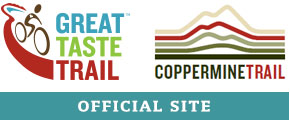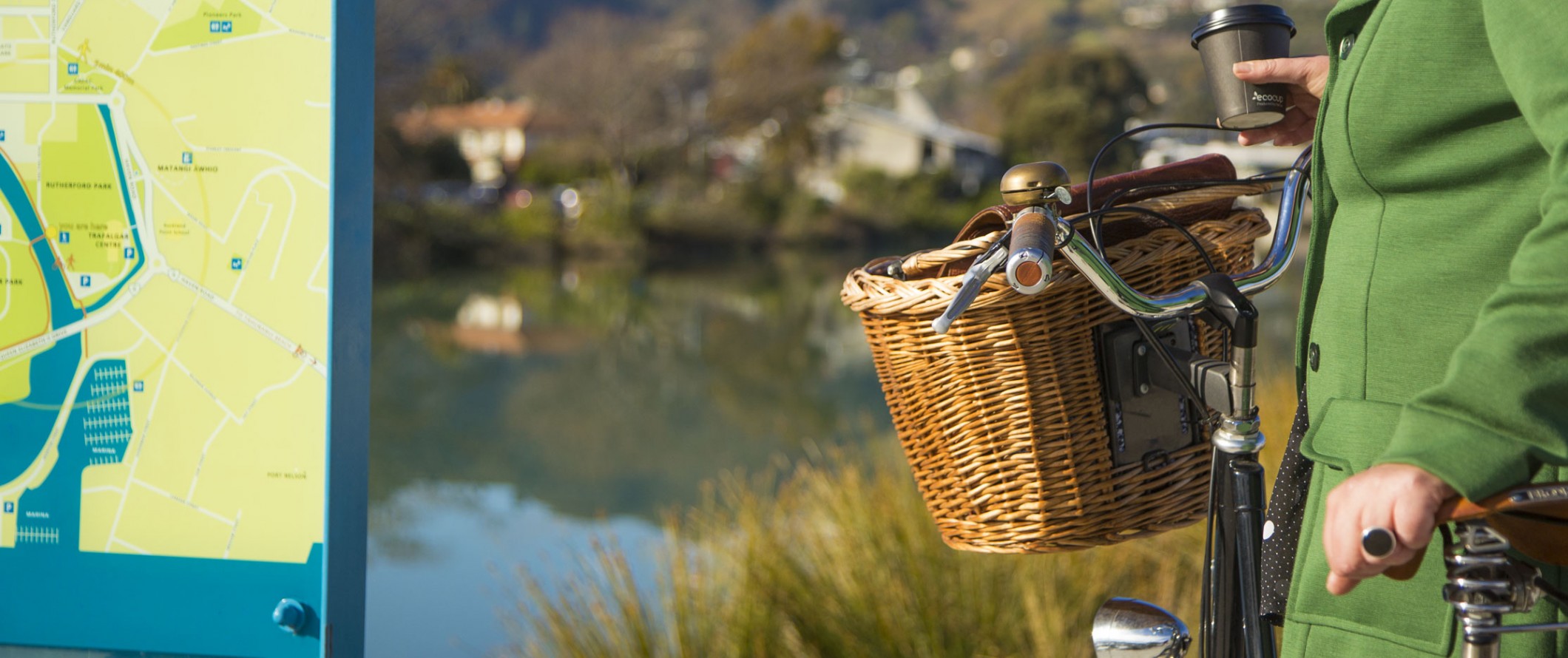Published 2020-04-26
With the country at Alert Level 3, some of the government’s guidelines have changed slightly. However, the main Golden Rule for life at level 3 remains the same:
STAY HOME. If you are not at work, school, exercising or getting essentials then you must stay at home, the same as at Alert Level 4.
Travel is still restricted, and is only allowed for permitted movement in your local area – e.g. for going to work or school, shopping, or getting exercise.
We know that exercise and recreation is an important part of maintaining our health and wellbeing. However, this also presents a very high risk of transmission if we come into contact with others or touch shared surfaces, or need rescuing or medical care.
Keep your activities local and well within your abilities. Avoid interacting with other people or touching equipment. Head out to your nearest park or trail, not your favourite one, and be sure to follow the government’s hygiene guidelines as well as our recommendations below.
Mountain biking is okay on easy trails, if you are experienced and know the trail.
Now is not the time to take up new activities, or expose yourself or your bubble to any risk. Use your common sense – stay local, stay safe.
Here are some tips to help you protect yourself and others:
(Note: you can also find detailed information on sport and recreation under each Alert Level on the Sport New Zealand website)
- Consider whether you need to leave your property at all. Can you exercise at home?
- Help our emergency services by only doing safe activities, such as going for a walk. Riding your bike is allowed but remember cycling is inherently a more risky activity than walking.
- Don’t ride trails or go out to exercise if you have symptoms (e.g. fever, coughing, shortness of breath etc). Please stay at home!
- Please only venture onto our Great Rides if you live adjacent to or very close to one (Note: some Great Rides are closed, or partially closed; please refer to the table at the bottom of this page). You can only drive a short distance to places for exercise. You must stay local. Travel to your nearest park or trail, not your favourite one.
- Keep your rides reasonably short. The Department of Conservation’s (DOC’s) recommendation for cycling or walking on their tracks is a maximum of three hours return. DOC toilets remain ‘closed’ (i.e. not serviced). DOC's latest guidelines for recreation in the conservation estate can be found here.
- Ride alone or only with the people you are self-isolating with. If you’re riding alone tell someone what your plans are.
- If you’re riding with your self-isolating group, make sure everyone knows the recommended hygiene guidelines before they set off. If you are riding on the road, please be aware of the road rules and follow them. You can find them here.
- Keep at least 2m away from other trail users, and be considerate. Recent research suggests that cyclists and runners should maintain a greater separation, so please try to take a wide (but safe) berth from other people outside your bubble. When approaching other people slow down so that it’s easier to maintain a good separation, and always give way to walkers. Avoid narrow tracks where maintaining this separation may be difficult.
- Avoid touching any surfaces that could be contaminated such as gates, squeeze bars, handrails, fences, benches and picnic tables. The virus can remain on surfaces for three days. Take your own sanitiser with you.
- Avoid using public toilets; most are closed anyway. Go before you ride.
- Don’t touch your face while you’re riding. Wash your hands and disinfect your handlebars when you get home.
- Make smart and conservative choices about the rides you choose to do and how you ride them. Our hospitals and emergency services are already busy – unnecessary accidents will make things harder. We recommend local, easy trails only (grades 1 and 2). Avoid technical mountain biking rides where there is a higher risk of injury, and ride within your limits.
- Some trails and mountains bike parks are closed. Check online to see what trails are open before heading out, stay close to home, and obey any signs you come across.
- This isn’t a time to be heading into our remote areas, so wilderness rides – including the Timber Trail, St James, Mountains to Sea (Mangapurua Track, Ohakune Old Coach Road, Kaiwhakauka Track) and The Old Ghost Road – are off the menu.
- The Waikato River Trails remain closed to all users, and while the Hauraki Rail Trail is open at Alert Level 3, there is a self-registration process in place. Some trails have closed certain sections or have trail-specific restrictions in place; check the table below for more details on the status of individual trails, and visit the official trail websites. We will also keep this page and our Facebook page updated with the latest news.
Stay calm, be kind, be responsible and show the community you care. Kia kaha (stand strong) – united we can help stop the spread of COVID-19 and get back to riding all of our beautiful trails.




